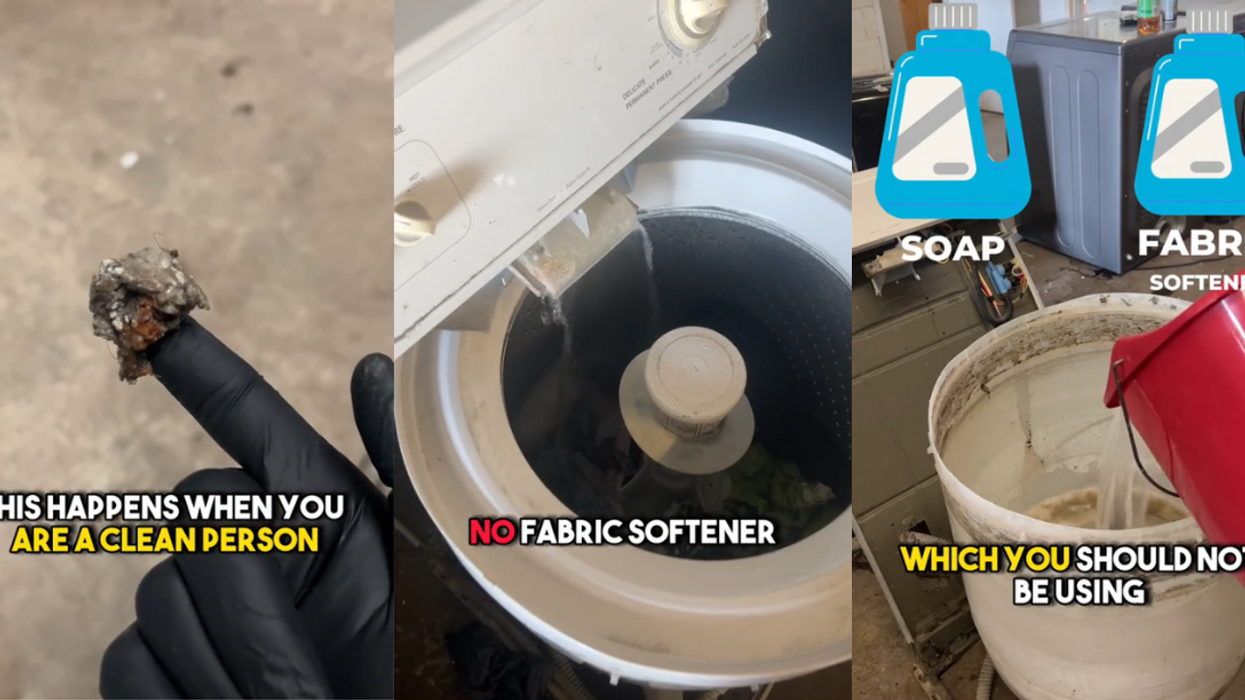In the last few years, especially since the pandemic, self-care and positive home routines have been all the rage, with one of the leading tasks being making your bed every morning.
Even popular podcaster and motivational speaker Mel Robbins has pointed out the importance of making your bed every morning to get yourself into the right mindset and to give yourself a quick win for the day.
That sounds wonderful, but unfortunately, making our beds might not be as simple as smoothing the sheets, fluffing the pillows, and throwing back the comforter. We may actually need to wait until later in the day to complete this task, according to popular TikToker Dr. Sermed Mehzer.
Dr. Mehzer argues that it's best to wait to make the bed for at least an hour, if not longer, after you've officially gotten out of bed for the day, and to also change your sheets once per week, or at minimum, once every two weeks.
This is because our bedding commonly houses dust mites, which are able to nest and reproduce in warm, moist spaces, like bedding that might still be slightly damp from sleeping through the night.
You can watch the video here:
@drsermedmezher They Feast On Us 🤢 #bed. High Humidity: Dust mites thrive in environments with high humidity, typically between 70-80%. They absorb water from the air, making moist conditions ideal for their survival and reproduction. Indoor Settings: Common household environments like bedrooms, living rooms, and bathrooms often provide the warmth and moisture that dust mites need. Bedding, upholstered furniture, and carpets are particularly favorable habitats. Nutrient Sources: Human Skin Cells: Dust mites feed primarily on dead skin cells shed by humans and pets. Since people spend a significant amount of time in their homes, especially in their beds, these areas become rich feeding grounds for mites. Other Organic Matter: They also consume other organic materials found in dust, such as pollen, fungi, and bacteria. Allergy Triggers Allergenic Proteins: Fecal Matter and Body Fragments: Dust mites produce waste products and shed body fragments that contain potent allergenic proteins. These proteins can become airborne and inhaled, triggering allergic reactions in sensitive individuals. Enzymes: The enzymes in dust mite feces, such as Der p 1 and Der f 1, break down proteins in human skin cells, aiding digestion. These enzymes are significant allergens #allergy #hygiene
Some quipped about how they had nothing to worry about.





But this unlocked a new fear for others.





Though Dr. Mehzer's advice was met with mixed responses, it actually makes sense to wait to make our beds, even if it's not because of the dust mites.
By leaving the bed unmade, the bedding has time to air out, which gives it a chance to stay fresh longer. With the added hosting of dust mites, that only makes holding off on this crucial step in our day all the more important.
Mel Robbins and other gurus might not love the idea of holding off on this important "mindset" hack, but surely, there's something else we can do first thing in the morning to help us get into the right mindset for the day, like brushing our teeth or flowing through a stretching routine.
Making the bed can still appear as one of our tasks completed for the day, for those who value that, but it simply needs to happen later in the day.
Now you know!















 @sama/X
@sama/X
